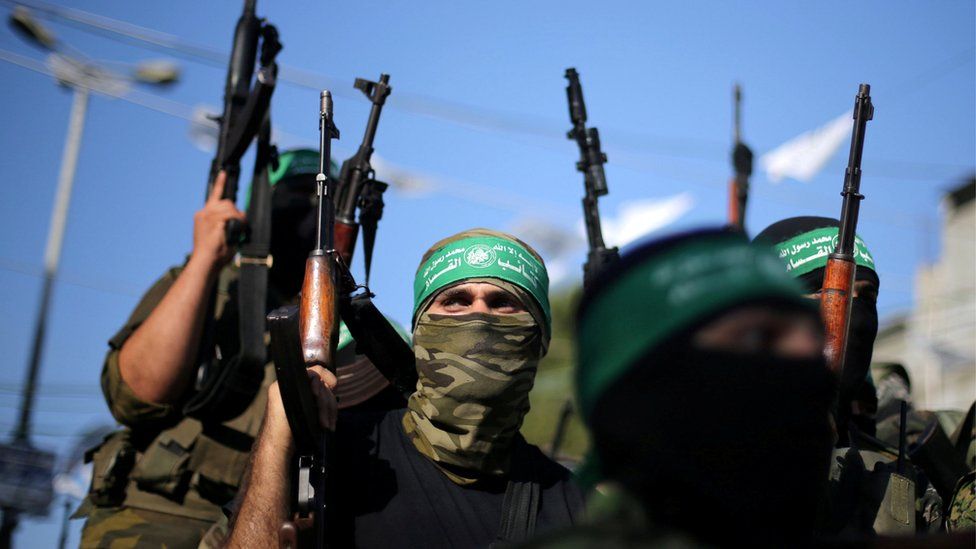Okay, folks, let’s break down this quickly – because frankly, the geopolitical theater is exhausting. Russian Foreign Minister Sergei Lavrov and US Secretary of State Marco Rubio have reportedly engaged in discussions about potential further contact between Russia and the US. Now, this isn’t a full-blown summit announcement, don’t get your hopes too high.

Photo source:www.timesofisrael.com
However, and this is crucial, Lavrov credited the US with playing a ‘positive role’ in potentially restarting peace talks between Russia and Ukraine. Let that sink in. Russia rarely throws bouquets at the US State Department. This suggests Washington is quietly, and possibly strategically, pushing for some form of negotiation.
But here’s the rub: ‘Positive role’ doesn’t equal ‘solution.’ We’ve been down this road before. Remember all the promises of de-escalation? It’s vital we remain cautious.
Let’s deep dive into the intricacies of US-Russia communication channels, especially during times of conflict:
Historically, the US and Russia have maintained back channels even during the height of the Cold War. These lines of communication are crucial for preventing miscalculation and escalating conflicts.
These channels aren’t always public. Think secret meetings, diplomatic pouches, and trusted intermediaries. Maintaining these avenues allows for vital information exchange and de-confliction.
Currently, the main challenge is trust, or rather, the distinct lack thereof. The Ukrainian war has eroded faith on both sides, making even basic communication difficult.
The US leveraging its influence to restart Ukraine-Russia talks is a calculated move. It’s about managing risk and exploring – however slim the chances – a path towards de-escalation. But don’t expect miracles, people.





